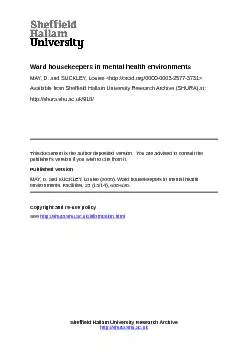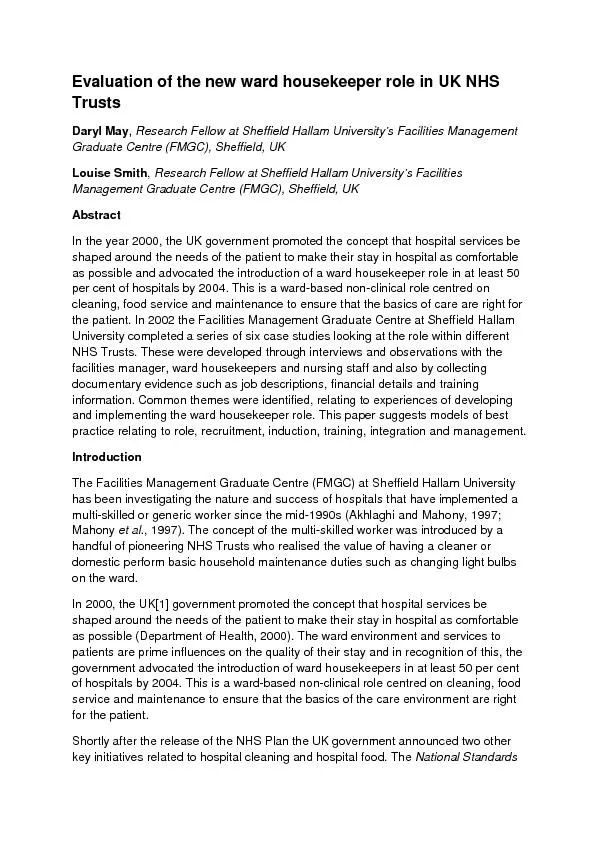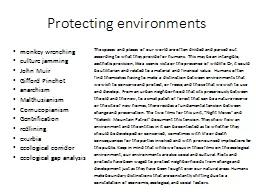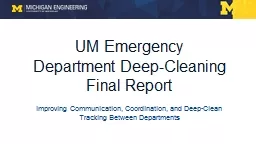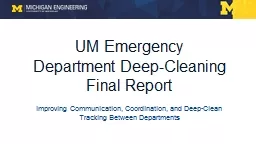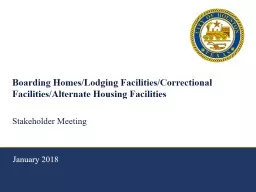PDF-Ward housekeepers in mental health environments Daryl May, Facilities
Author : pamella-moone | Published Date : 2015-08-09
In 2000 the UK Government promoted the concept that hospital services be shaped around the needs of the patient to make their stay in hospital as comfortable as
Presentation Embed Code
Download Presentation
Download Presentation The PPT/PDF document "Ward housekeepers in mental health envir..." is the property of its rightful owner. Permission is granted to download and print the materials on this website for personal, non-commercial use only, and to display it on your personal computer provided you do not modify the materials and that you retain all copyright notices contained in the materials. By downloading content from our website, you accept the terms of this agreement.
Ward housekeepers in mental health environments Daryl May, Facilities: Transcript
Download Rules Of Document
"Ward housekeepers in mental health environments Daryl May, Facilities"The content belongs to its owner. You may download and print it for personal use, without modification, and keep all copyright notices. By downloading, you agree to these terms.
Related Documents

